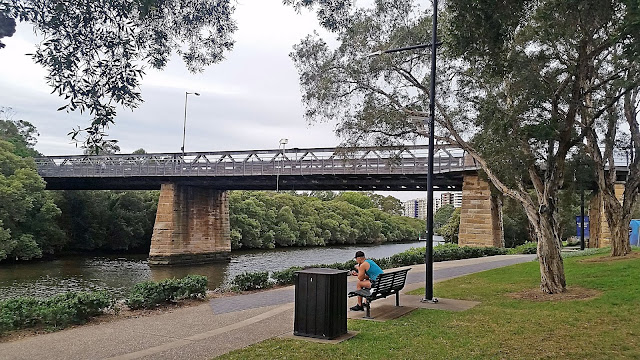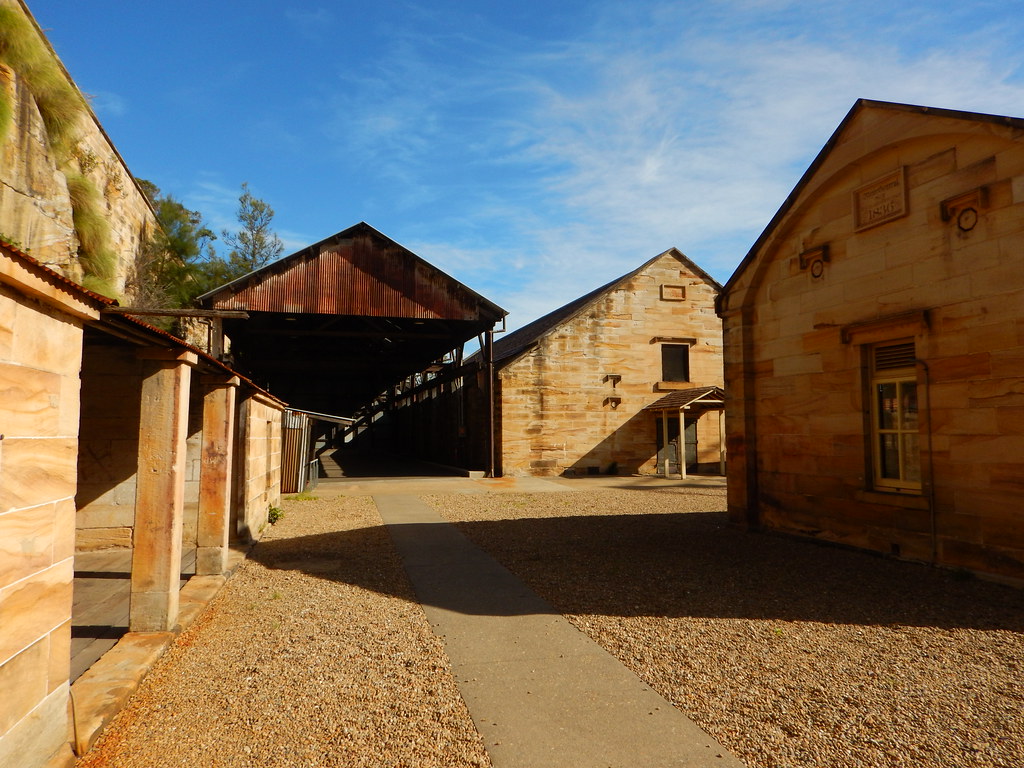This expansive region is itself divided into smaller parcels, popularly known as the Turquoise, Batavia and Outback Coasts.
I set out to explore this region aboard one of the only vessels offering a comprehensive cruise itinerary in the region: North Star Cruises’ smart new 36-passenger expedition yacht, True North II. She travels this route but once a year as she return s to her home port of Broome from Fremantle to begin the busy Kimberley cruise season.
The Turquoise Coast is the first region we encountered and is an easy drive or sail from the city of Perth and dotted with popular weekend attractions for Perth locals looking for a short getaway. The iconic landmark of the region is the famous ‘pinnacles’ in the Nambung National Park, four kilometres inland. Although the pinnacles were not on our itinerary, a previous visit brought home the highly unusual spectacle of these limestone and quartz formations. In the evolutionary scheme of things, these bizarre natural objects are a brief quirk in this slow but dynamic desert landscape.
Other regional highlights include the Jurien Bay colony of noisy Australian Sea Lions and the wild colours of the Yarra Yarra Salt Lakes that create brilliant hues of pink, red and purple in the setting sun.

Our first stop en route north is the unassuming and outwardly unexciting Houtman Abrolhos Islands. Located about 60 kilometres offshore from Geraldton, the bleak flat islands were little comfort for the
Batavia survivors who endured unimaginable hardships during their months of isolation here in 1629. Authorities believe there are almost twenty wrecks dotted around the islands
Today the islands are decorated with clusters of fishing huts for the itinerant crayfish hunters and recreational fishermen. A memorial and plaque stands testament to its brutal past.
The Batavia Coast is home to several land-based curiosities, including the world famous micronation,
Hutt River Province about 30 kilometres inland from Gerladton. Visit Prince Leonard of Hutt and pick up a knighthood while you’re there. HRH celebrates thirty seven years on the throne this year. Onya Len!
The regional hub is the town of Geraldton. Rich with maritime history, the town of 30,000 is a thriving business and tourism centre. Windsurfing, fishing, diving, surfing and swimming are all popular watersports here.
Overlooking the city centre is the recently completed
HMAS Sydney Memorial which serves as a poignant reminder to another nearby naval tragedy, that of the loss of Australia’s flagship in November 1941 in a battle with the German commerce raider
Kormoran.
Beyond the Batavia Coast and her many distractions, we venture to the pristine waters of Shark Bay and the namesake marine park that is home to the famous wild dolphins of Monkey Mia and the mysterious whale sharks. Ashore we explore Steep Point, taking delight in the knowledge we are the most westerly humans on the continent for a few moments.
True North lingers in the region, now known as the Outback Coast, long enough for us to explore parts of Dirk Hartog Island, Turtle Bay, Bernier Island, Norwegian Bay and the nominal home of the whale shark, Ningaloo Reef.
Shark Bay is truly an Australian tourism jewel and is now recognised as a World Heritage site by UNESCO for its natural treasures. Access for cruise vessels like True North is limited and we must do the bulk of our exploring in the tenders, such is the determination of WA’s Department of Conservation to protect this region.
The towns of Denham, Carnarvon and Monkey Mia have expanded considerably over the last decade as the reputation of this area has spread. Once a casual and leisurely affair, the iconic wild dolphin-feeding at Monkey Mia is now strictly managed by rangers who are determined to retain the very special experience, but not corrupt the beautiful creatures with over-indulgence. Apart from the celebrity dolphins, mighty manta rays, huge humpback whales, docile dugongs and squadrons of seabirds patrol this ecologically abundant body of water at various times.
Now (April – July) is Whale Shark season. These magnificent creatures, the world’s largest fish, congregate offshore from the Cape Range National Park each year. Around Exmouth and particularly Ningaloo Reef, are the only locations in the world where their presence can be guaranteed and their habits studied by marine scientists. Just where they go in the meantime is still a mystery.
Greg stopped shouting and was just pointing now as the massive aquatic beast neared our little fishing dinghy. We’d been busily hauling in a rewarding catch of snapper for tonight’s dinner when the apparition appeared. Just when I thought I’d drop the rod and dive in with the animal, it dived. The four of us scoured the sea for another fifteen minutes and were even joined by another tender also on the lookout, but she’d gone as suddenly and mysteriously as she had arrived.
Swimming with whale sharks, it should be noted, is also now strictly controlled with licenses issued to a limited number of operators, all of whom are based in the village of Coral Bay north of Carnarvon. If a stray animal stumbles on you when you are out fishing, well that’s just good luck. Regardless, swimming with them is governed by laws that forbid you from approaching closer than 3 metres. Boats must maintain a 250 metre distance.
Our 10-day mini-odyssey finishes in Dampier, but not before we explore the remote and forlorn Monte Bello Islands, once the site of British nuclear tests in the 1950s. In one test, a war surplus frigate was vaporised by a 25 kiloton device detonated beneath its hull. Warning signs are still erected on the beach where loggerhead turtles have returned to nest and a rusty jeep lies hidden in the dunes, once too radioactive to recover.
Disguised as rugged and inhospitable, Western Australia’s Coral Coast successfully deterred all but the most determined explorers for hundreds, even thousands of years. Only now is its exquisite and very special natural beauty being fully appreciated by the conservation conscious and eco-tourists in search of new and rewarding destinations.
DOING IT:


























